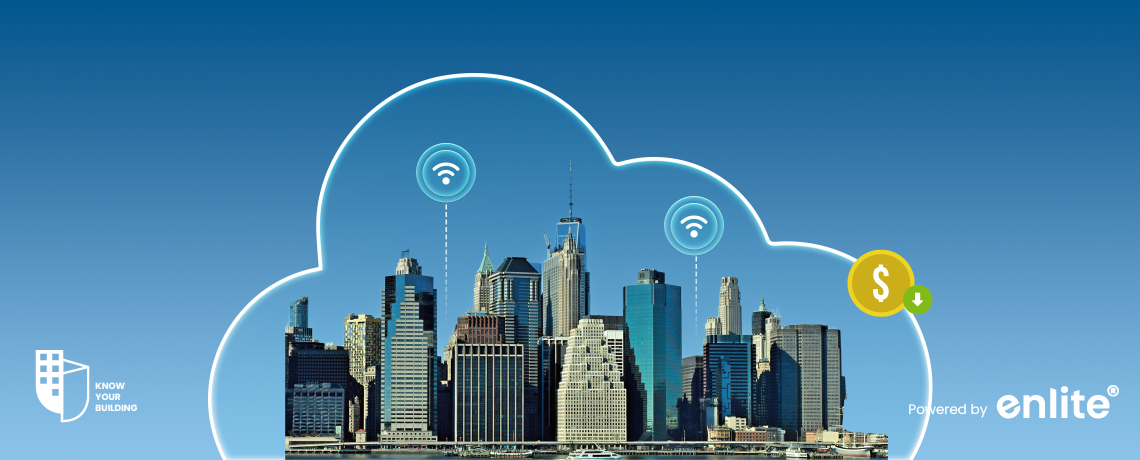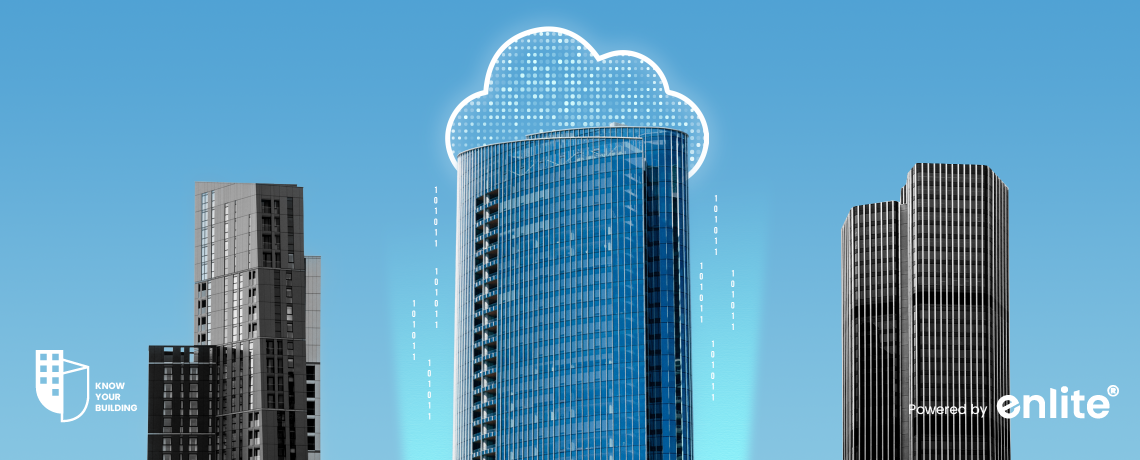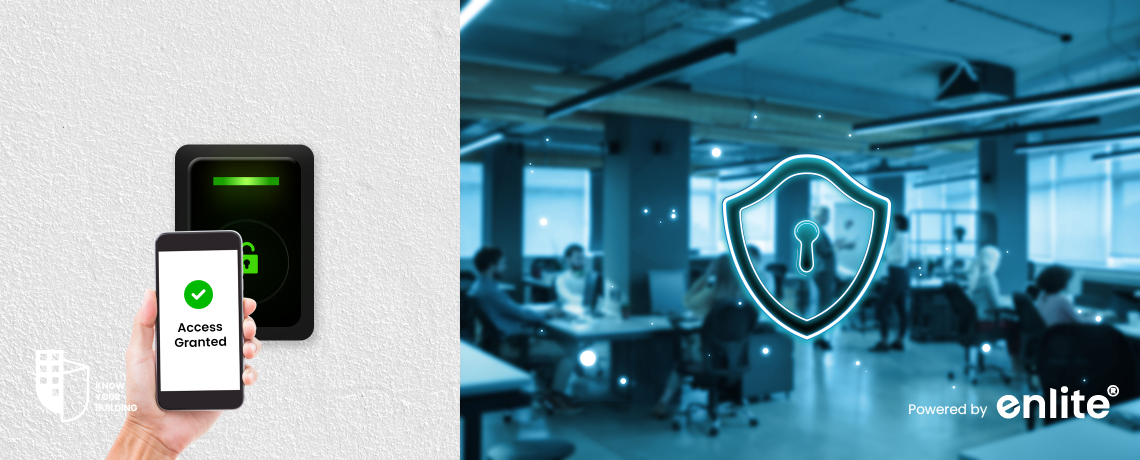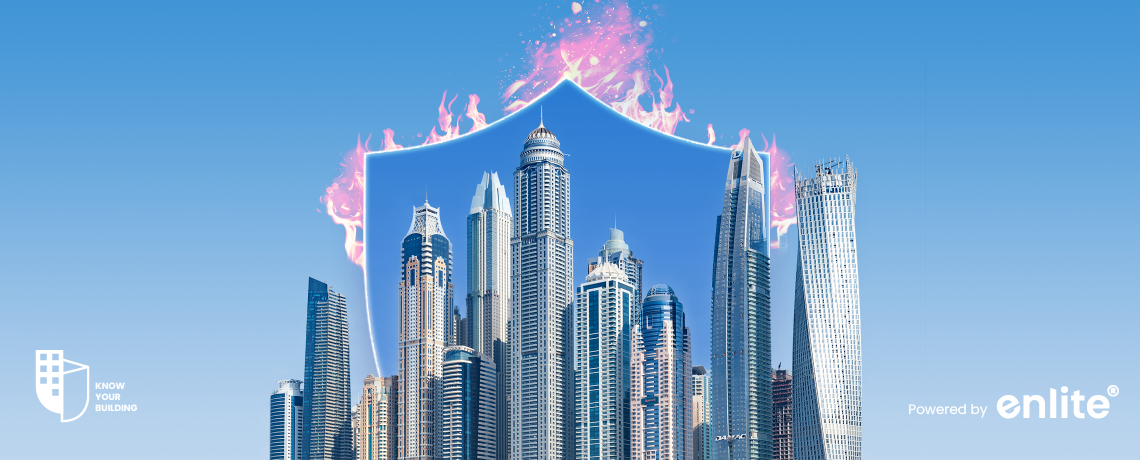Energy and electricity usage have always been critical concerns for property owners and facility managers. With resources becoming increasingly scarce and electricity costs soaring, it’s imperative for families and businesses alike to monitor and optimize their energy consumption. Smart energy management not only reduces costs but also contributes to sustainability, making it a win-win for …
Continue reading “Integrating Technology for Smart Energy Management”









